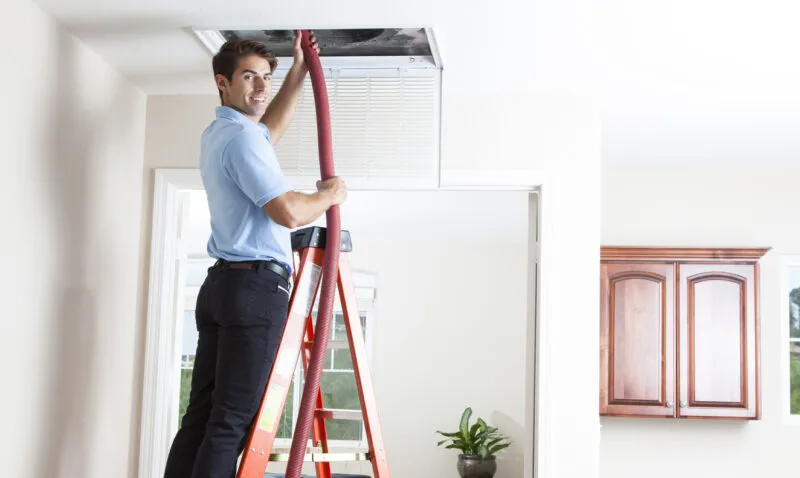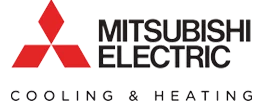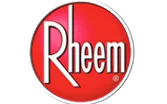The Science Behind Aeroseal: Innovations in Duct Sealing Technology

Reducing utility bills and energy usage is only going to become more important. Properly sealing your ducts helps by smoothing out airflow and reducing the strain on your HVAC system. This has resulted in a lot of innovation in the duct sealing space, but one technology stands out: Aeroseal. How has Aeroseal changed the game? Let’s find out.
Understanding the Problem
Concealing the real problem, arguments about the frequency of duct cleaning overlook leaky ducts. This common issue leads to energy loss, decreased system efficiency, and compromised indoor air quality.
Traditionally, HVAC technicians seal ductwork by applying tape or mastic to each joint in the system. This is labor-intensive and may be impractical in some systems as technicians struggle to reach important areas.
The Birth of Aeroseal
In the late 1990s, Mark Modera and William Fisk examined the technology used to seal submarine ventilation shafts. Submarines are a tough use case for climate control because the crew must breathe recycled air during extended periods while acting with full judgment and productivity.
Working at the Lawrence Berkeley National Library in the late 1990s, they came up with a system that uses aerosolized sealant particles to seal leaks and improve airflow.
How Aeroseal Works
Aeroseal “fires” particles into your ducts using a compressed air nozzle that controls droplet and particle size to transport the sealant through the system and ensure that it is properly deposited in all leaks.
Before that, though, technicians will do a thorough inspection of your duct system using state-of-the-art diagnostic equipment to identify and locate leaks. We apply pressure to the affected areas and inject sealant particles. They travel through the ductwork and seek out the edges of leaks, closing them off. The particles are not toxic, and, in any case, few of them escape the ductwork.
Key Advantages of Aeroseal
Aeroseal has many advantages over traditional manual methods. These include:
- Comprehensive sealing. Aeroseal finds every leak, even those in tricky spots or ones that technicians might miss. It gives you an overall better seal.
- Efficiency boost. Your HVAC system will no longer be conditioning your crawlspace or attic through undetected leaks, reducing energy consumption and costs.
- Enhanced indoor air quality. Sealing duct leaks keeps dust, allergens, and pollutants out of your living or working space, improving health.
- Cost-Effective and Time-Efficient. Aeroseal is much faster than manual sealing methods completed in a matter of hours. It requires minimal disruption to occupants and frees technicians for more interesting tasks.
The Science Behind the Seal
Aeroseal requires an understanding of aerodynamics and fluid dynamics. Pressurized airflow evenly distributes the sealant particles, and airflow dynamics pulls them into the leaks, where they will accumulate. The leaks themselves force the sealant particles into position.
Once in place, the sealant particles attach, undergoing a chemical transformation that forms a strong, flexible seal that perfectly matches the duct surface. The sealant can handle heavy-duty HVAC operations and all kinds of environmental conditions. Aeroseal only has to be redone every few years.
Aeroseal is a paradigm shift. Traditional manual methods often only offer a partial solution, while Aeroseal uses science to solve this pervasive problem. It delivers efficient and comprehensive duct sealing that reduces energy costs, improves indoor air quality, and supports your comfort. As the demand for sustainable practices grows, Aeroseal and other innovations will play a vital role.
If you think you have leaky ducts, contact us. A technician can come out and inspect your ducts and see if Aeroseal will help you and your home.












